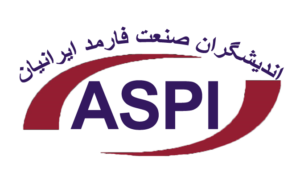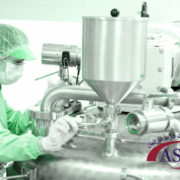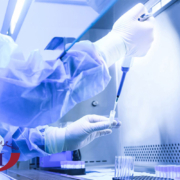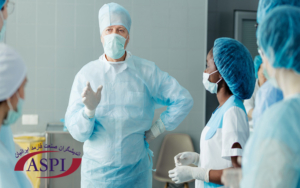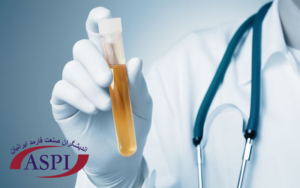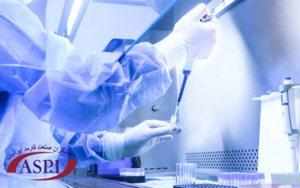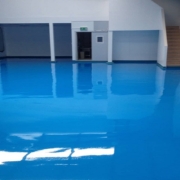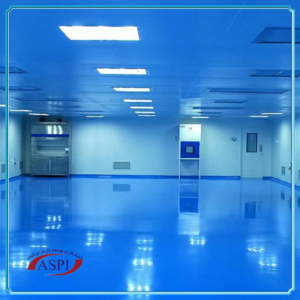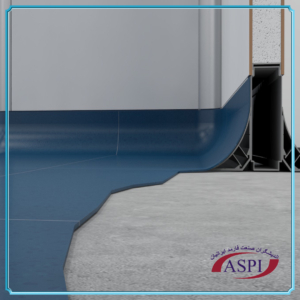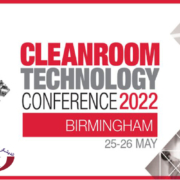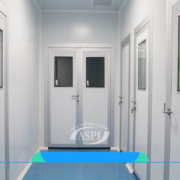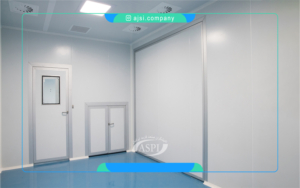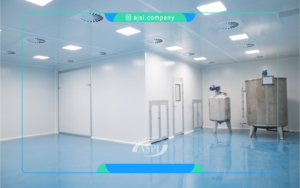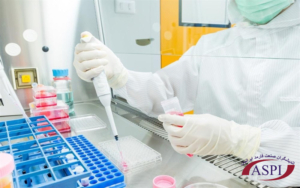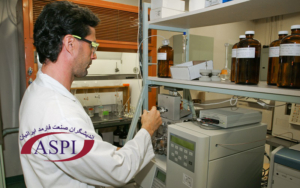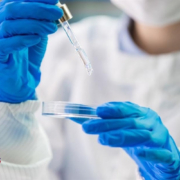WHO NEEDS A CLEANROOM
A cleanroom is a controlled environment where pollutants like dust, airborne microbes, and aerosol particles are filtered out in order to provide the cleanest area possible. Most cleanrooms are used for manufacturing products such as electronics, pharmaceutical products, and medical equipment. A cleanroom can be classified into different levels of contamination depending on the amount of particles allowed in the space, per cubic meter. Cleanrooms also control variables like temperature, air flow, and humidity.
HOW DOES A CLEANROOM WORK?
Essentially, cleanrooms work to remove pollutants, particles, and contaminants from outside ambient air. Outside air is first circulated to a filter system. The filters (either HEPA or ULPA) then clean and decontaminate this outside air according to their specifications. The filtered air is then forced into the cleanroom. Additionally, contaminated air within the cleanroom is forced outside the room by registers, or it is recirculated back into the filters, and the process restarts.
WHO NEEDS A CLEANROOM?
There are a wide variety of reasons that a company may need a cleanroom. If you’re manufacturing something that is easily affected by contaminants or particles in the air for example, it’s likely that you’ll need a cleanroom. If you’re not sure, or if you’d like an estimate, give the experts at Angstrom a call. Here are a few common reasons you might need a cleanroom, and some common industries that regularly use cleanrooms:
- Manufacturing Companies
- Research Facilities
- Pharmaceutical Companies
- Medical Laboratories
- Electronic Part Production
- Aerospace Industry
- Nanotechnology production
- Optics and Lens Manufacturing
- Military Applications
HOW DO YOU KEEP A CLEANROOM CLEAN?
It can be difficult to maintain the standards of a cleanroom. The rooms themselves can be touchy, and everything you bring into the cleanroom is likely to release particles into the air, even your employees. So, what are the best ways to keep your cleanroom up to the standards you so painstakingly maintained? Here’s a few basic concepts, and some helpful suggestions to maintaining the highest level of clean in your cleanroom.
Gowning: First and foremost, anyone who enters the cleanroom has to be wearing protective clothing. Human beings are full of particles: our hair falls out, our skin flakes, and there’s no way to control it. That’s why it’s essential that anyone going into the cleanroom wear the prescribed protective clothing. Depending on your class of cleanroom, this might just be a gown and gloves, or it could be a full head to toe “bunny suit” complete with a mask and goggles. You first have to define your standards, but then you should know exactly what your employees should be wearing into the cleanroom.
Cleanroom Furniture: Believe it or not, furniture gives off particles even when it’s just sitting there. That’s why special cleanroom furniture is manufactured to lessen the particles and dust that fall and collect on furniture. It’s a good idea to invest in this type of furniture if you’re interested in keeping your cleanroom clean.
Air Shower: If you’re concerned with limiting the amount of particles brought into your cleanroom, you might consider investing in an air shower. Used in conjunction with the gowning room, it blows off any particles that could easily fall off people entering the cleanroom. It’s a great way to eliminate any extra particles before your employees enter the cleanroom.
Sticky Flooring: This is the best way to take care of foot-borne or wheel-borne contaminates. Better than sticky mats, sticky flooring is more durable, more effective, and can last for 3-5 years, if properly cleaned and taken care of. If your cleanroom has a high standard for cleanliness, this is a useful addition to your cleanroom.
PROPER GOWNING TECHNIQUES
The cleanroom gowning process may seem like a hassle, but you spend a lot of money getting the cleanroom installed and maintained, so a few extra minutes gowning properly isn’t a big deal if you’re protecting that asset and keeping your cleanroom as clean as possible. But what, exactly, do you have to do to make sure you and your employees are following proper protocol, and protecting the environment of the cleanroom? It starts with a standard procedure. It will be much simpler if everyone follows the exact same process, and understands the different areas of the gowning space. Generally, most gowning spaces have a “getting dressed” area and a “cleaner” area. Make sure employees understand these boundaries, and know where to stand at what point in the gowning process. Here’s an example of a standard gowning process. Remember, however, that most gowning processes will vary depending on the standard you’re required to adhere to.
Perfume and Cosmetics – If you’re working in a cleanroom, the gowning process starts before you even get to work. It’s important to remember that products like perfume, make-up, hair gels, etc. give off extra fumes and particles. To keep your cleanroom as clean as possible, it’s necessary that anyone entering the room not wear these types of products.
Remove personal items – Personal items like jewelry also have to come off before you go into your cleanroom. They, just like cosmetics, release extra, unnecessary particles into the air that you’re better off without.
Change Shoes – Shoes pick up all kinds of dirt and dust when you walk around. It’s a good idea to change your shoes once you walk into the building, and then as you enter the gowning area, make sure you step on a sticky mat to remove any excess particles.
Enter Gowning Area – Now you’ll enter the gowning room, and most places have a “getting dressed” area, which is where you’ll start. Make sure to put on a set of “donning gloves” or just a first set of gloves to eliminate particle contamination of gowning clothes. When gowning, remember to dress from head to toe; this eliminates particles from falling onto already gowned parts like coveralls and booties.
Don Bouffant – First, you’ll put on your bouffant, or hair cover. Make sure to only touch the inside of it, and before you move on, ensure that all hair is covered and out of the way. After this, you may also have to don a hood, depending on your cleanroom’s standards.
Don Coverall – If your coverall is one piece, start with the feet and move upwards. If it’s two pieces, start with the top and then sit down to put on the bottom half. Do not let the coverall touch the floor or walls. Make sure you zip all zips, and snap all snaps.
Booties or Shoe Covers – Now, sit on the bench to don booties or shoe covers. Make sure you tuck your pants into the booties or shoe covers, and don’t step in the “getting dressed’ area. Instead, step into the “cleaner” area of the gowning room. If your cleanroom has an automatic shoe cover dispenser, use that for cleanliest practice.
Don Goggles or Shield – If your cleanroom requires them, this is where you put on your goggles or face shield. Some cleanrooms do not require this level of protection, so you may be able to skip this step.
Final Pair of Gloves – Depending on protocol, you may now remove the first pair of gloves and put on a second, or you may put a second pair of gloves over the first. Roll the cuff of the gloves over top of your sleeves.
Enter – Now that you’ve properly gowned, you may enter the cleanroom. Remember that at this point you are as “clean” as you’re going to get, so if you touch anything before you get inside of the cleanroom, you’ll have to start over, or at the very least change your gloves.
If you have anymore questions regarding the information provided above, please reach out to one of our experts. The experienced experts at Angstrom Technology can answer any of your questions quickly and efficiently, and would love to hear from you!
